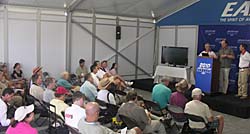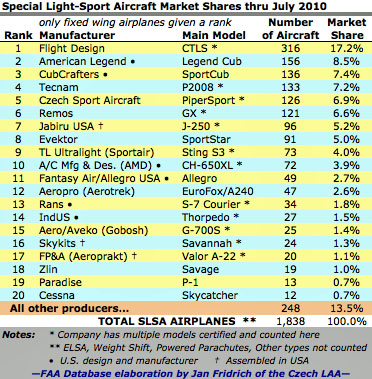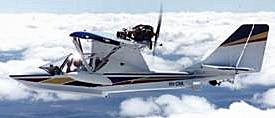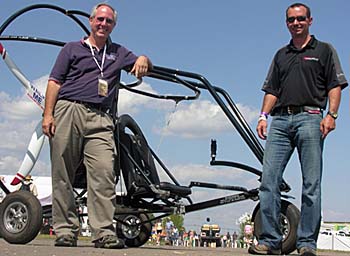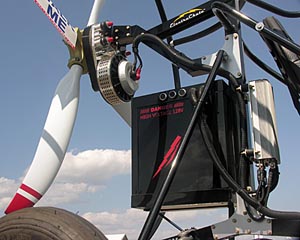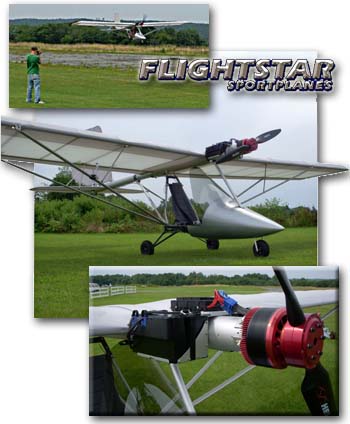
Part 103 continues to step from the shadow of Light-Sport Aircraft. We’ve had aviation’s simplest rule (worldwide!) for 27 years and with few exceptions, most of those years saw Part 103 producers laboring in near-obscurity. *** Now, however, a new flurry of activity has developed at the beautiful intersection of genuinely lightweight aircraft with electric power. The very latest to roll into the spotlight is Flightstar‘s E-Spyder, which took its first flight today. E-power from Yuneec in China meets an all-American airframe. The accompanying photos show what a clean matchup these components achieve. *** Flightstar mounted the twin lithium polymer battery packs on either side of the design’s robust main fuselage tube. Electric motors are more user-friendly in nearly every way, but you have some new learning to do. For example, experts advise never allowing lithium polymer batters to drain completely. Fortunately, the Yuneec controlling hardware provides warning systems to help you manage this task.



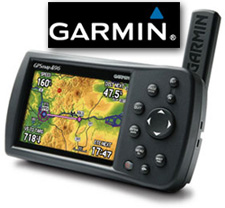



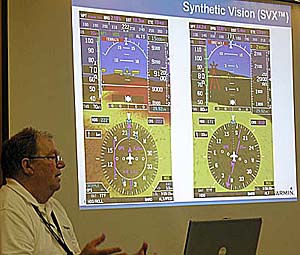



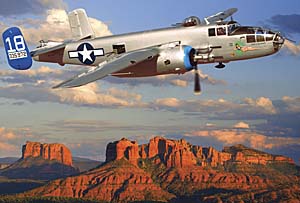


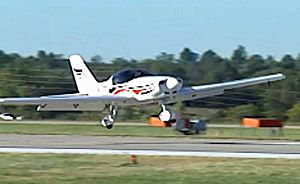




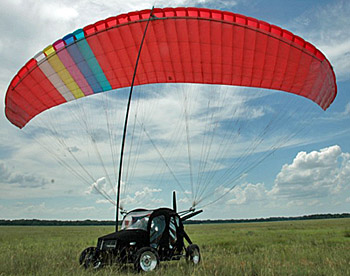 Unlike Transition, Maverick does not need to meet federal motor vehicle standards. It's classified as a kit car and is thereby exempt from those onerous requirements. Though
Unlike Transition, Maverick does not need to meet federal motor vehicle standards. It's classified as a kit car and is thereby exempt from those onerous requirements. Though  "The Orlando office of the FAA issued an historic Special Light Sport Aircraft airworthiness certificate to I-tec," stated the company. Troy clarified saying this was "the first-ever certificate issued for a vehicle that drives and flies."
Maverick is the culmination of six years of R&D by I-tec — the Indigenous Peoples' Technology and Education Center — a Christian non-profit
"The Orlando office of the FAA issued an historic Special Light Sport Aircraft airworthiness certificate to I-tec," stated the company. Troy clarified saying this was "the first-ever certificate issued for a vehicle that drives and flies."
Maverick is the culmination of six years of R&D by I-tec — the Indigenous Peoples' Technology and Education Center — a Christian non-profit  Maverick's patented "Dual Drive System," with "Integrated Controls" — meaning it drives and flies using the same steering wheel and gas pedal. Powered by a 128-hp engine, the 900-pound Maverick can reach 80 mph on pavement.
Maverick's patented "Dual Drive System," with "Integrated Controls" — meaning it drives and flies using the same steering wheel and gas pedal. Powered by a 128-hp engine, the 900-pound Maverick can reach 80 mph on pavement.
 For pilots, the "Wing Deployment System" makes Maverick distinct. A carbon fiber mast telescopes up (see photo) and by crossing the mast with a span bow at the leading edge, Maverick can maintain its parachute aloft after landing. This permits the flying dune buggy to land in a tiny space with rough terrain that would not allow conventional lay out of a parachute canopy.
For pilots, the "Wing Deployment System" makes Maverick distinct. A carbon fiber mast telescopes up (see photo) and by crossing the mast with a span bow at the leading edge, Maverick can maintain its parachute aloft after landing. This permits the flying dune buggy to land in a tiny space with rough terrain that would not allow conventional lay out of a parachute canopy.
 The project aimed to fill a need for frontier transportation. The organization didn't set out to become a manufacturer. So I-tec is entertaining the possibility of licensing production to an outside entity in order to concentrate on its "engineering ministry" focused on health care for people beyond the reach of medical services.
Priced at $84,000, a few early buyers can qualify for $79,000.
The project aimed to fill a need for frontier transportation. The organization didn't set out to become a manufacturer. So I-tec is entertaining the possibility of licensing production to an outside entity in order to concentrate on its "engineering ministry" focused on health care for people beyond the reach of medical services.
Priced at $84,000, a few early buyers can qualify for $79,000.
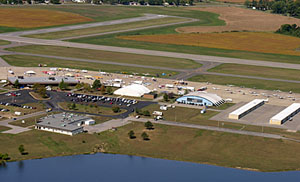 Just when you thought the LSA industry was running out of models (109 presently show on our
Just when you thought the LSA industry was running out of models (109 presently show on our  In the accompanying photos we see the top-of-the-line
In the accompanying photos we see the top-of-the-line 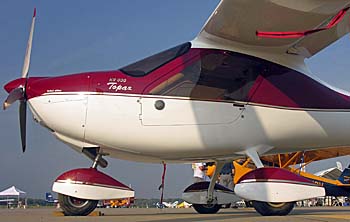 As with many European producers, Poland-based
As with many European producers, Poland-based 
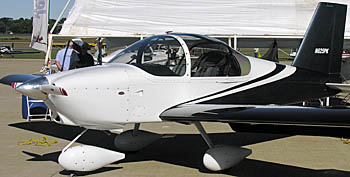



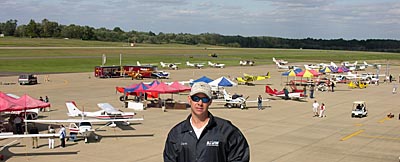



 Lately the subject of flying IFR (Instrument Flight Rules) has occupied my time and more than a few pixels on this website. The debate centered on
Lately the subject of flying IFR (Instrument Flight Rules) has occupied my time and more than a few pixels on this website. The debate centered on 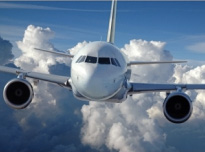 "The relevant regulation is
"The relevant regulation is 
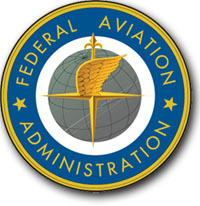


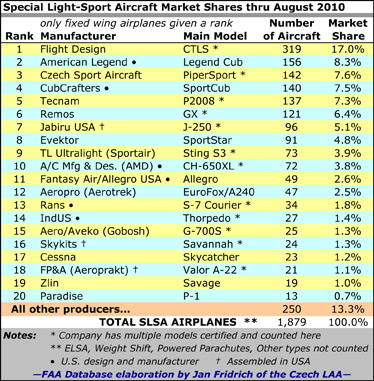


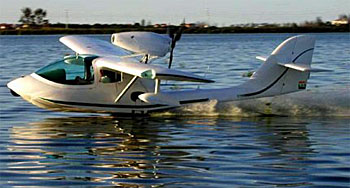

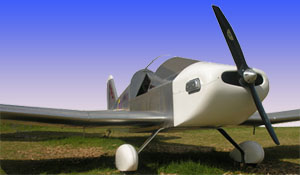


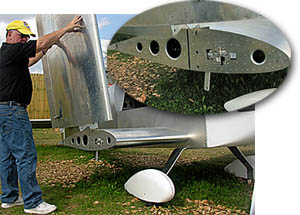

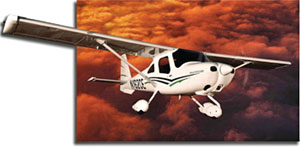 ASTM's F37 committee is comprised of people with technical knowledge and they have done the nearly-impossible: start with a blank sheet of paper and create aircraft certification standards for the LSA sector... in just five years, and on the leanest of budgets. These volunteers from many countries created a series of standards, one of which is the Design and Performance Standard. Following a positive vote by committee members, all have been accepted by FAA.
ASTM's F37 committee is comprised of people with technical knowledge and they have done the nearly-impossible: start with a blank sheet of paper and create aircraft certification standards for the LSA sector... in just five years, and on the leanest of budgets. These volunteers from many countries created a series of standards, one of which is the Design and Performance Standard. Following a positive vote by committee members, all have been accepted by FAA.
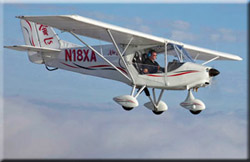 For more than three years another subcommittee has tried to create an IFR standard that has yet to find agreement. Until consensus may be found and to provide an interim defensive position for the committee and for manufacturers, F37 added a point to the revised but yet-to-be-accepted-by-FAA D&P Standard. The ASTM committee revised the standard to prohibit use of a SLSA for flight into IMC, that is, into clouds or no-visibility situations. This does not prevent flight in the IFR system — filing and flying IFR into controlled airspace by qualified pilots with a current medical. And, importantly, it does not affect any LSA approved under earlier standards, that is, any LSA currently in flight school operation assuming that LSA is properly equipped with the correct instrumentation, lighting, and powerplant. Flight at night is not affected by this decision and remains acceptable in a suitably equipped LSA for a qualified pilot with medical.
For more than three years another subcommittee has tried to create an IFR standard that has yet to find agreement. Until consensus may be found and to provide an interim defensive position for the committee and for manufacturers, F37 added a point to the revised but yet-to-be-accepted-by-FAA D&P Standard. The ASTM committee revised the standard to prohibit use of a SLSA for flight into IMC, that is, into clouds or no-visibility situations. This does not prevent flight in the IFR system — filing and flying IFR into controlled airspace by qualified pilots with a current medical. And, importantly, it does not affect any LSA approved under earlier standards, that is, any LSA currently in flight school operation assuming that LSA is properly equipped with the correct instrumentation, lighting, and powerplant. Flight at night is not affected by this decision and remains acceptable in a suitably equipped LSA for a qualified pilot with medical.
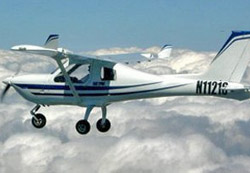 In the future (after FAA accepts the newest D&P Standard version) a LSA builder will be able to equip a LSA with instruments specified in FAA regulations permitting qualified pilots to file and fly IFR but only into VMC (Visual Meteorological Conditions).
An interesting contrast: Numerous FAA personnel with whom I've recently spoken support the use of LSA for IFR training including into IMC (though not all FAAers nor ASTMers agree!). FAA regulations governing LSA do not prevent IMC ops.
In the future (after FAA accepts the newest D&P Standard version) a LSA builder will be able to equip a LSA with instruments specified in FAA regulations permitting qualified pilots to file and fly IFR but only into VMC (Visual Meteorological Conditions).
An interesting contrast: Numerous FAA personnel with whom I've recently spoken support the use of LSA for IFR training including into IMC (though not all FAAers nor ASTMers agree!). FAA regulations governing LSA do not prevent IMC ops.
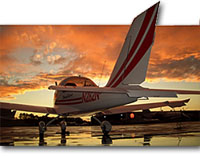 This is a complex topic that will continue to stimulate debate. The important fact to remember: No presently registered SLSA, nor any issued an airworthiness certificate before the new ASTM standard gains FAA acceptance, are prohibited from IMC flight if properly equipped and flown by a qualified pilot.
Additional info on the revised standard: IFR training in visual meteorological conditions (VMC) may be conducted by qualified pilots in a SLSA that meets the equipment requirements of part 91, sections 91.109, 91.205, and — for an airplane operated in controlled airspace under the IFR system — 91.411 and 91.413. However, if the aircraft is not approved for IFR operations under a type certificate, operations in instrument meteorological conditions (IMC) are prohibited by the proposed ASTM standard.
[
This is a complex topic that will continue to stimulate debate. The important fact to remember: No presently registered SLSA, nor any issued an airworthiness certificate before the new ASTM standard gains FAA acceptance, are prohibited from IMC flight if properly equipped and flown by a qualified pilot.
Additional info on the revised standard: IFR training in visual meteorological conditions (VMC) may be conducted by qualified pilots in a SLSA that meets the equipment requirements of part 91, sections 91.109, 91.205, and — for an airplane operated in controlled airspace under the IFR system — 91.411 and 91.413. However, if the aircraft is not approved for IFR operations under a type certificate, operations in instrument meteorological conditions (IMC) are prohibited by the proposed ASTM standard.
[
